18650 battery cycle life decline reasons
The 18650 battery was first introduced by Sony Corporation of Japan. After
decades of development, it has become the most mature and stable general-purpose
model. It has reached a very high level in terms of consistency and safety. And
after years of development, the industrial chain of 18650 batteries is very
mature and has become a
The 18650 battery was first introduced by Sony Corporation of Japan. After
decades of development, it has become the most mature and stable general-purpose
lithium-ion battery model. It has reached a very high level in terms of
consistency and safety. And after years of development, the industrial chain of
18650 battery is very mature and the cost is low. This series of advantages made
Tesla finally choose Panasonic's 18650 battery as the power lithium battery of
its electric vehicles (it has been gradually replaced by 21700 Battery).
During the cycle of lithium-ion batteries, the reversible capacity will
continue to decline due to electrochemical, mechanical and other factors, which
will affect the service life of lithium-ion batteries. Due to the
characteristics of the sealed structure of lithium-ion batteries, our research
on the reasons for the decline of lithium-ion batteries usually uses destructive
means to dissect the battery. However, the emergence of some advanced detection
methods in recent years, such as neutron diffraction, CT, etc., allows us to
study the reasons for the decline of lithium-ion batteries without destroying
the structure of lithium-ion batteries. Recently, A.Pfrang (first author) and
E.Figgemeier (corresponding author) of the European Commission's Joint Research
Center used CT to study the decay mechanism of lithium-ion batteries during
cycling. CT analysis shows that even when there is a central needle in the
center of the battery, the battery cell still undergoes significant deformation
after long-term cycling, and the deformation will cause the positive electrode
active material to peel off from the surface of the Al current collector,
causing an accelerated decline in capacity. The inhomogeneity of the cell
structure caused by the positive tab is an important factor causing the
deformation of the cell, which should be optimized in the subsequent design.
The battery used in the experiment is the 18650 battery produced by Sanyo
Company. The capacity of the battery is 2.05Ah, and the energy density is
165Wh/kg. The structure is scanned (CT equipment is from GE company, the maximum
resolution is 5um).
First, A.Pfrang dissected the internal structure of Sanyo’s battery. The
structure of Sanyo’s battery is shown in the figure below. The width of the
positive electrode is 56mm, the width of the negative electrode is 58mm, and the
width of the diaphragm is 59mm. The ear is left at the tail, and both the
positive and negative electrodes have a part of the light foil at the tail,
which is mainly to prevent the direct contact between the positive active
material and the negative active material during the acupuncture test, thereby
improving the safety of acupuncture. A hollow center needle is placed in the
center of the battery cell. Different from the center needle of other
manufacturers, the center needle of Sanyo battery has a slit, which may be
because the designer hopes that the gas that appears in the battery during
thermal runaway has enough diffusion channels, or It is hoped that the
electrolyte can infiltrate through the middle of the cell to improve the
infiltration effect of the electrolyte.
Although the center pin is added to the middle part of the battery cell of
Sanyo battery, theoretically it can provide a certain support for the battery
cell and prevent the battery cell from collapsing, but after cycling, the
battery cell part of the 18650 battery still undergoes significant deformation
(as shown in the figure below ). Through the analysis of the cycled battery, it
was found that most of the cell deformation of the battery occurred between the
positive tab and the center pin, which indicated that the presence of the
positive tab may have caused the inhomogeneity of the cell structure , leading
to the appearance of cell deformation during cycling.
In order to analyze the factors of battery internal deformation and battery
cycle life decline, A.Pfrang analyzed four batteries of No. 93, 98, 133 and 138,
and all four batteries were cycled between 70-90% SoC (1C , 33 degrees Celsius),
in which the capacity loss rate of No. 133 battery is slightly higher than that
of No. 98 and No. 135 batteries during the cycle, and a sudden capacity dive
occurred at the end of the service life, while the capacity of No. 93 battery
declined during the entire cycle. The drop rate is very fast. By comparing the
CT images of several batteries, it can be seen that the cells of the 93 and 133
batteries have undergone very obvious deformation after cycling, while the cells
of the 98 and 135 batteries with better cycle performance No significant
deformation occurred.
The figure below compares the cell deformation of three batteries with
relatively fast decay speeds. Among them, the depth of discharge of batteries
No. 1 and No. 59 is 100% DOD, the median value of SoC is 50%, and the depth of
discharge of No. 133 batteries is 20% DOD , SoC median value is 80%. We have
found very significant deformation in all batteries with severe reversible
capacity decline, and we can see from the figure that almost all the deformation
occurs in the range from the positive tab to the center of the battery, which is
mainly because the positive The presence of tabs causes unevenness in the
internal structure of the cell, so deformation is more likely to occur when
stress occurs inside the cell.
The deformation of the battery cell during the cycle will cause a very
large curvature on the positive electrode, resulting in the peeling of the
positive electrode active material and the Al foil. Through the dissection of
the battery after cycling, it is found that the positive electrode active
material has peeled off at these very large curvature positions. The phenomenon
(as shown on the right of the figure below), which is also an important factor
causing the reversible capacity loss of lithium-ion batteries during
cycling.
A. Pfrang found through CT scanning that even if there is a center needle
in the center of the battery (generally we believe that the existence of the
center needle can effectively prevent the deformation of the battery), after a
long-term cycle we can still find obvious in the battery. The deformation,
especially in the battery with faster cycle decay, this deformation is more
obvious. Comparing the positions where these deformations occur, it can be found
that most of the deformations occur between the positive tab and the middle of
the cell. This may be because the existence of the positive tab leads to the
inhomogeneity of the cell structure, which introduces additional stress. Causes
deformation to occur more easily here. Through anatomy, it was found that at the
position with large deformation, the positive electrode active material and the
Al foil current collector have peeled off, causing the loss of active material,
which is also an important factor causing the reversible capacity loss of
lithium-ion batteries. The application of CT technology allows us to have a more
accurate understanding of the reasons for the capacity loss of lithium-ion
batteries during cycling, which is of great significance to continuously improve
battery performance.
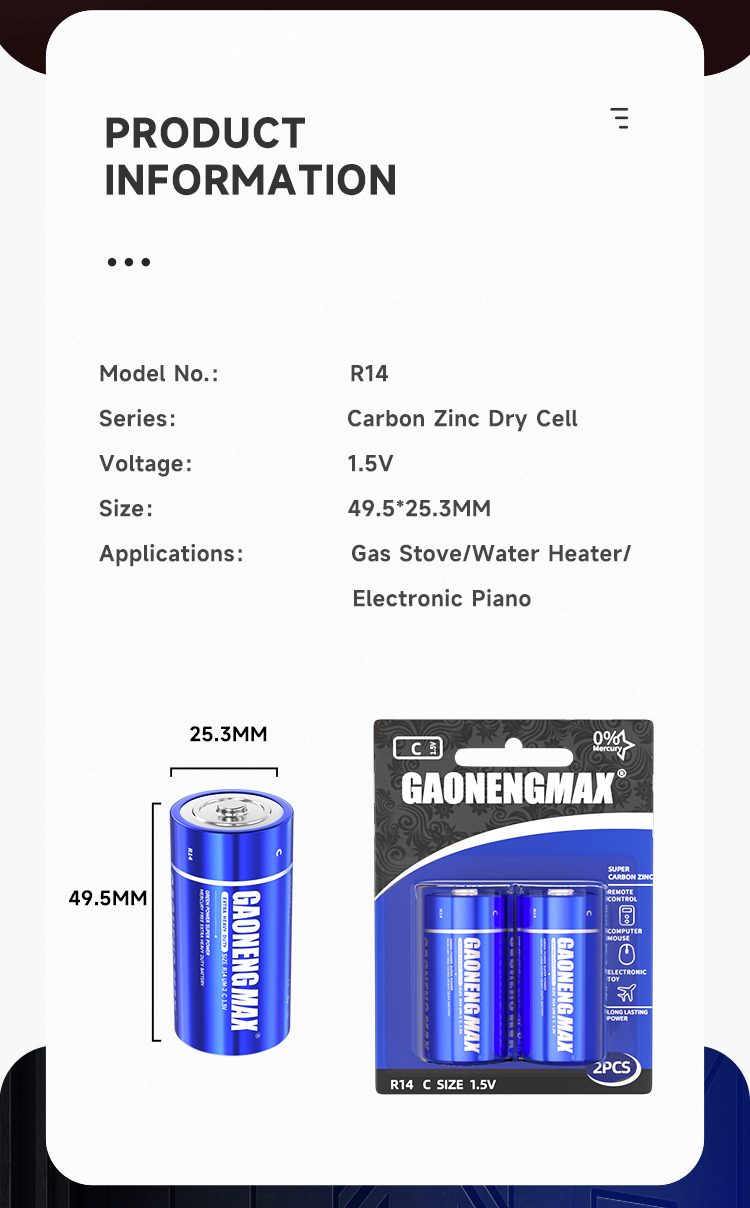
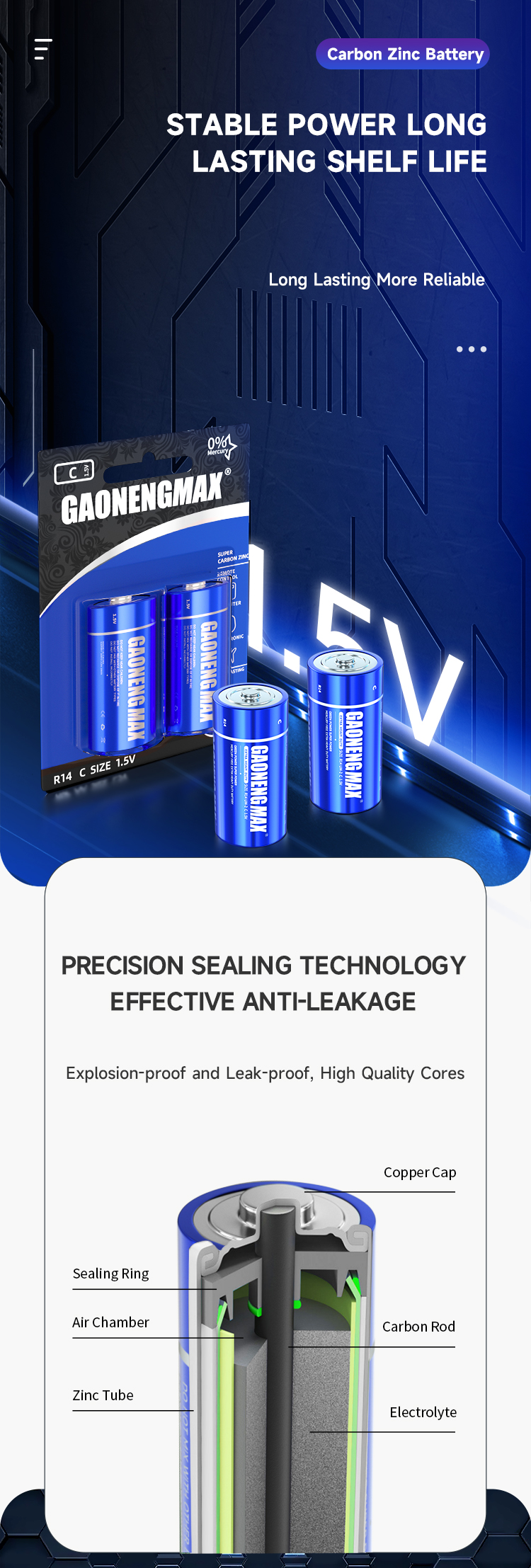
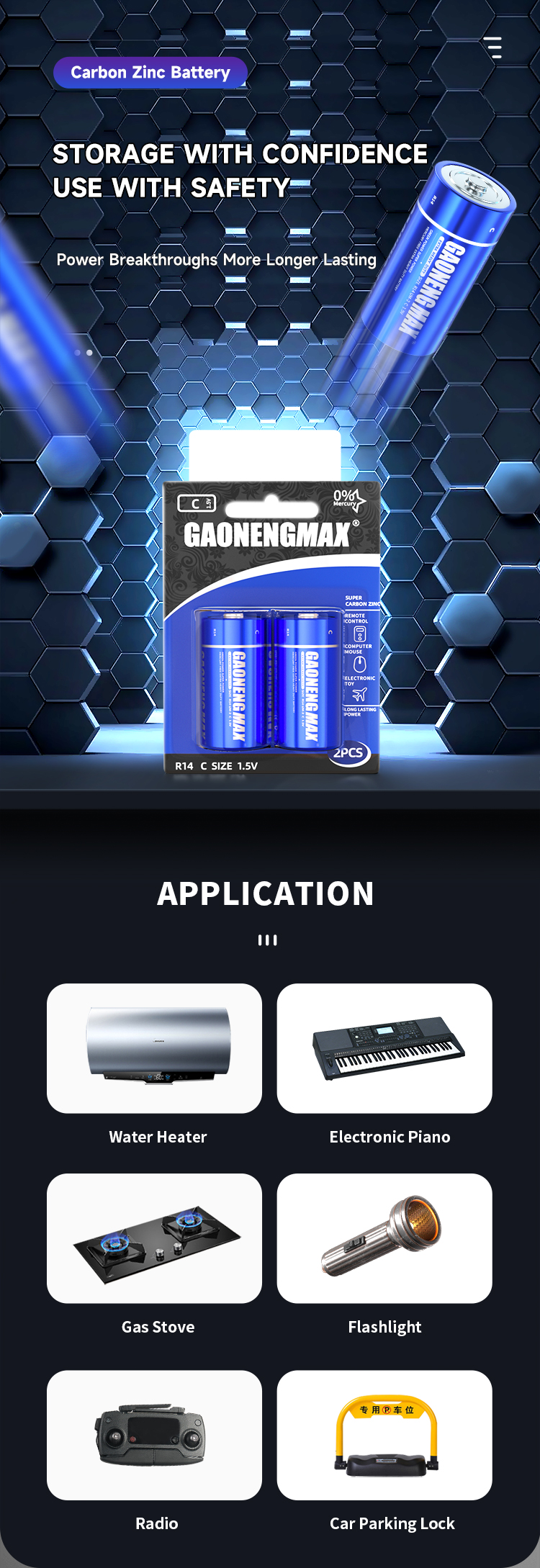
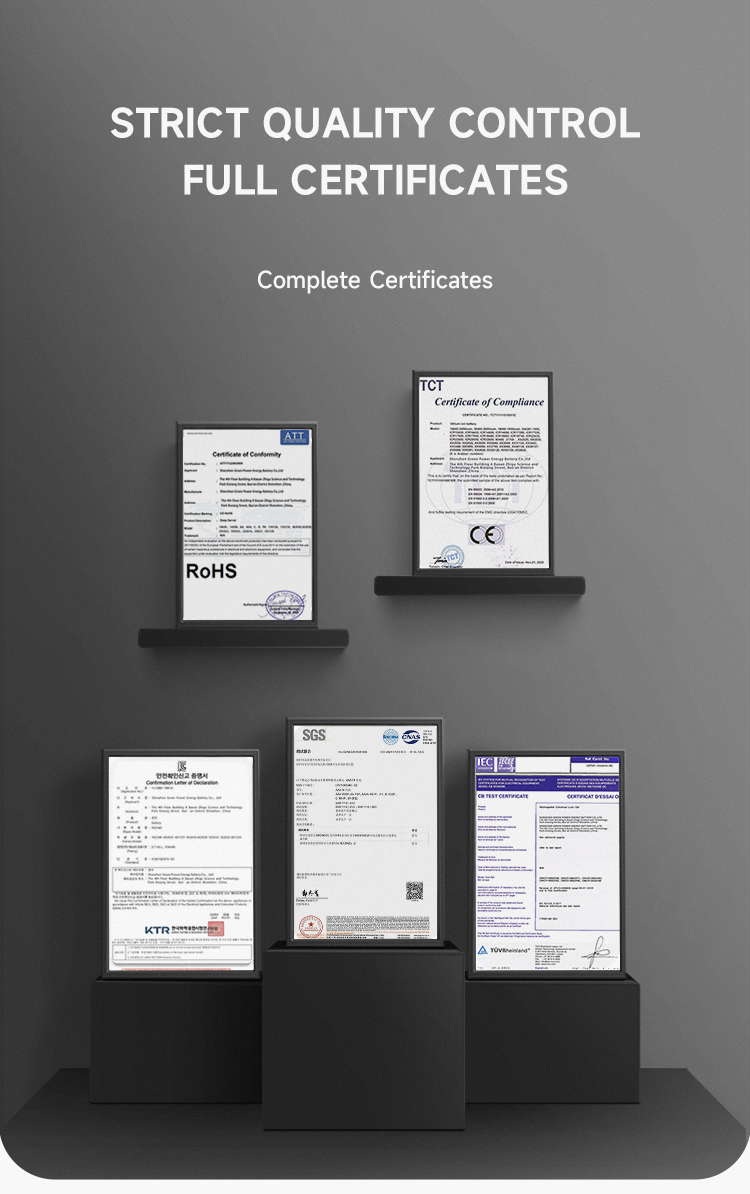
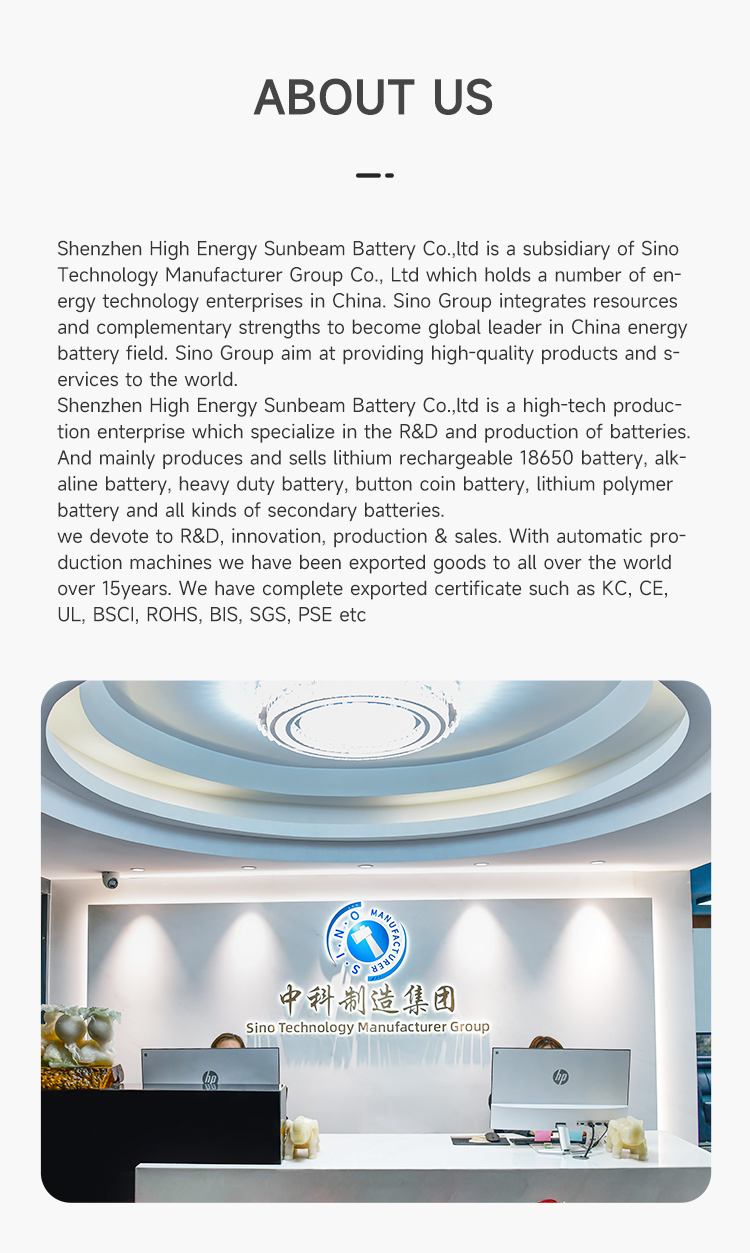































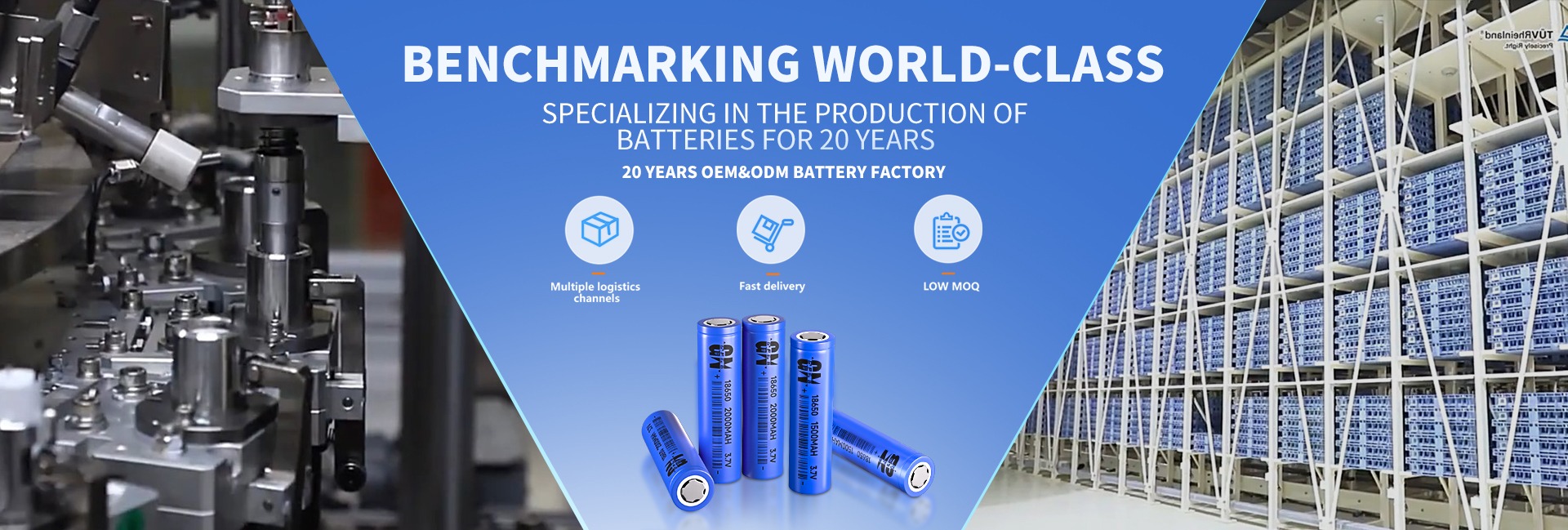
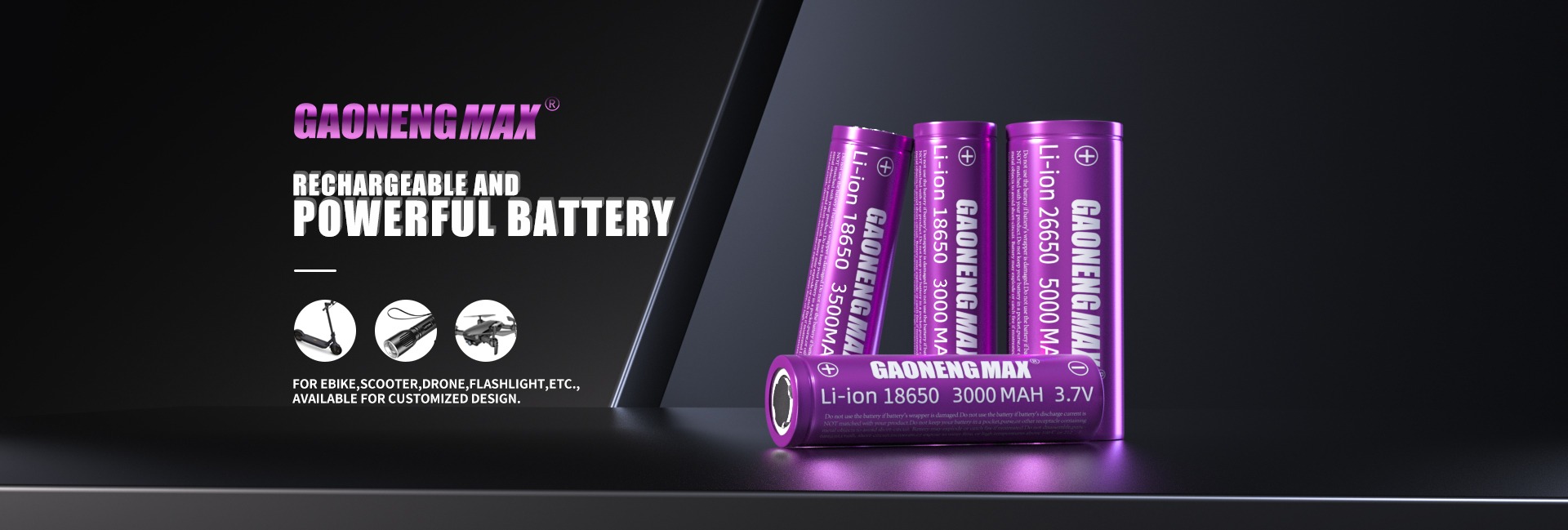
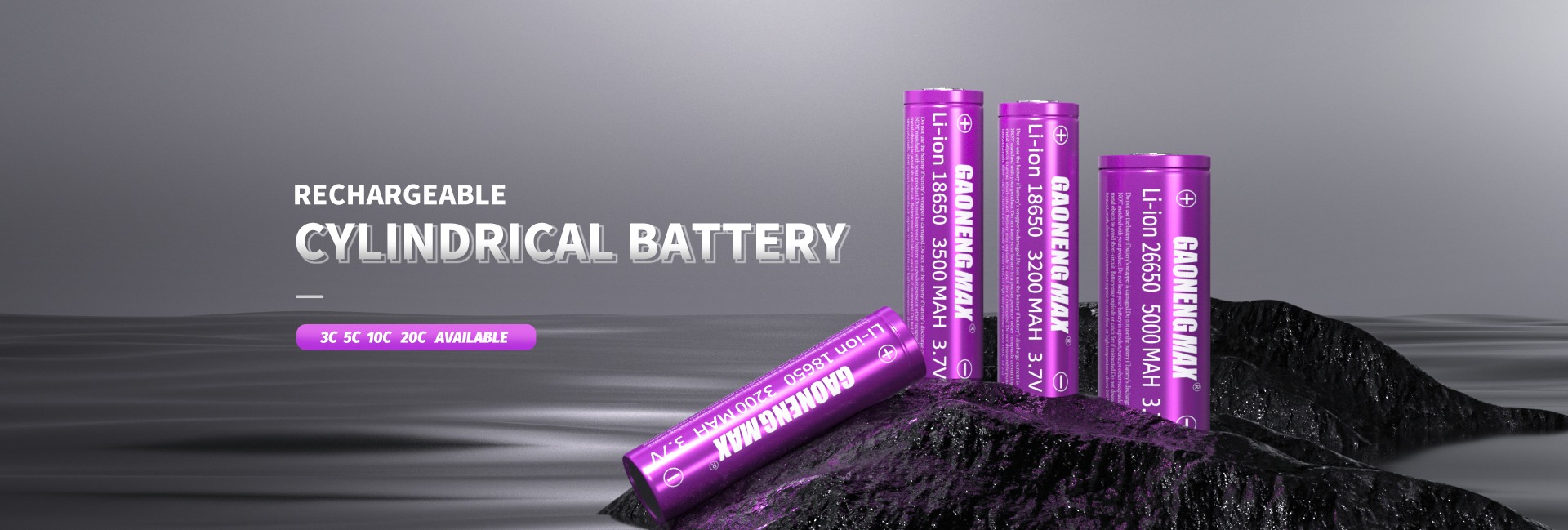
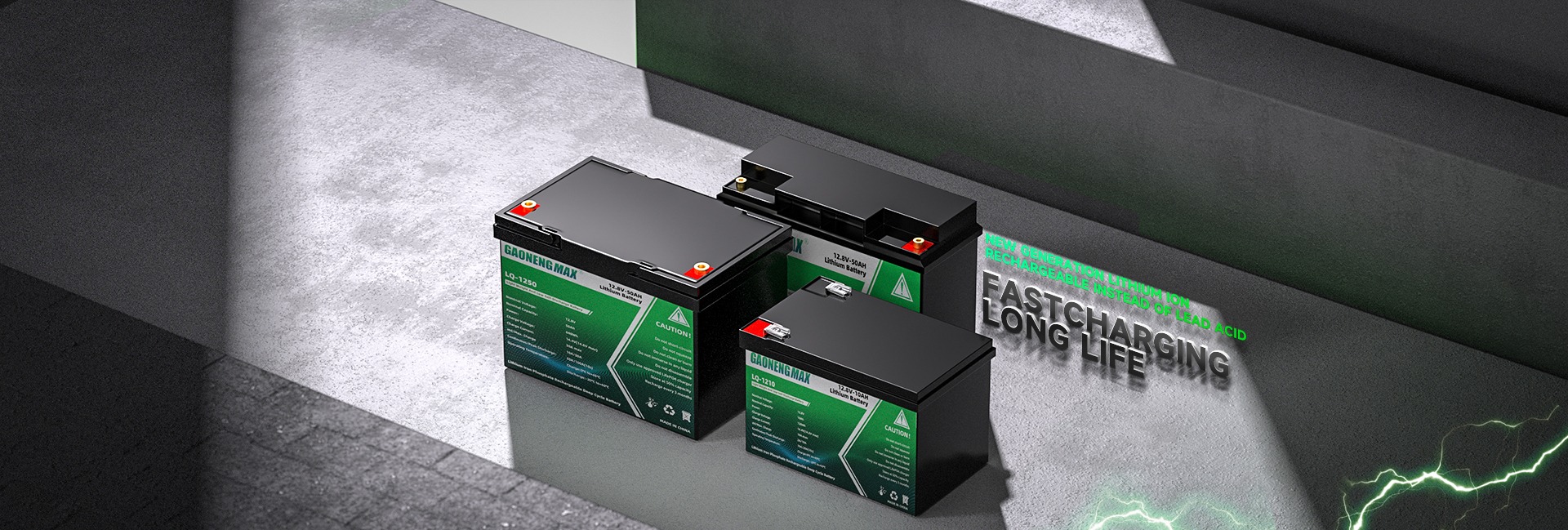


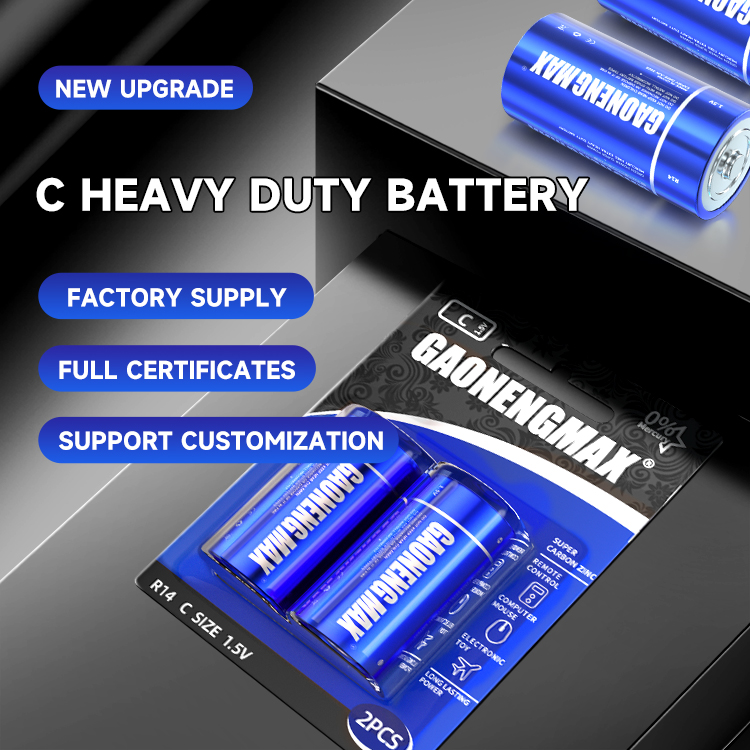
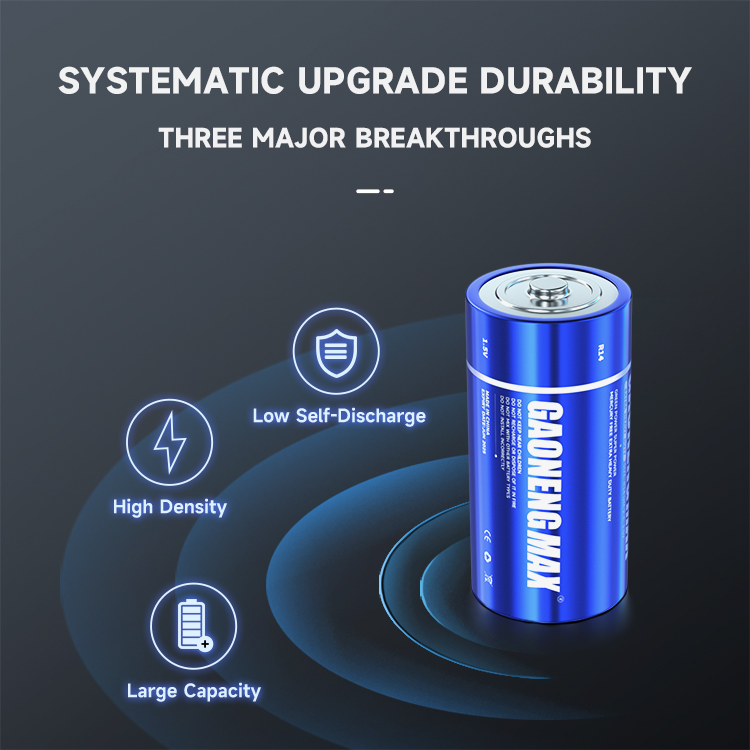
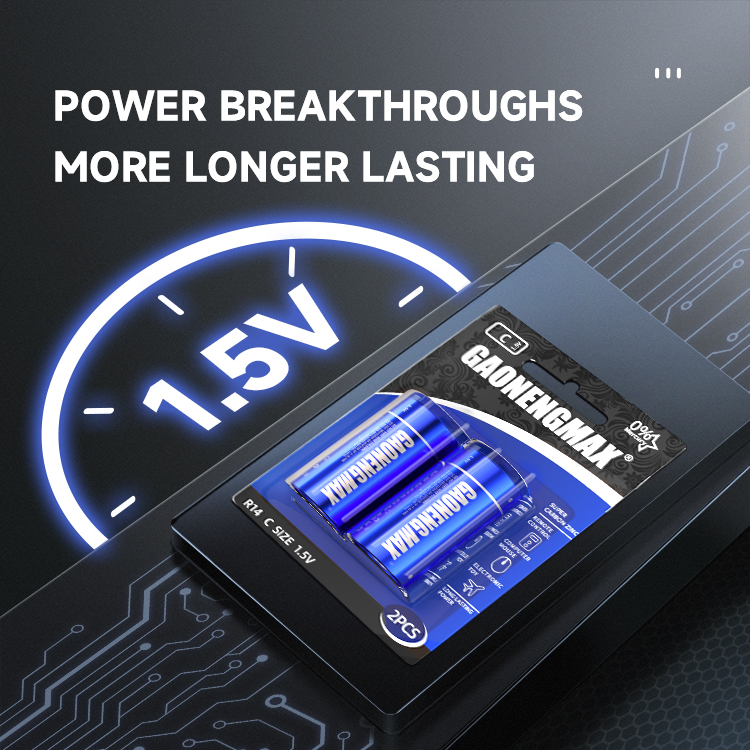
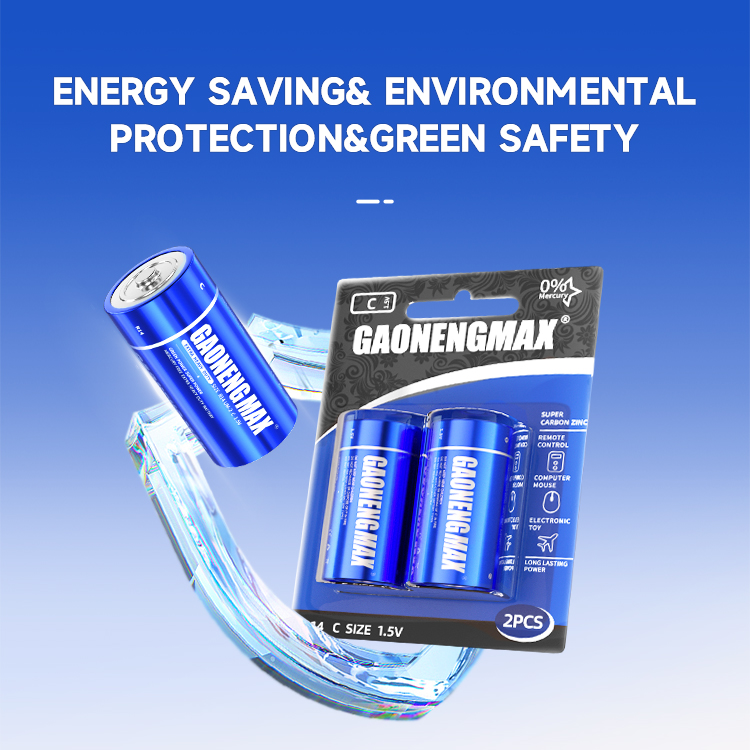
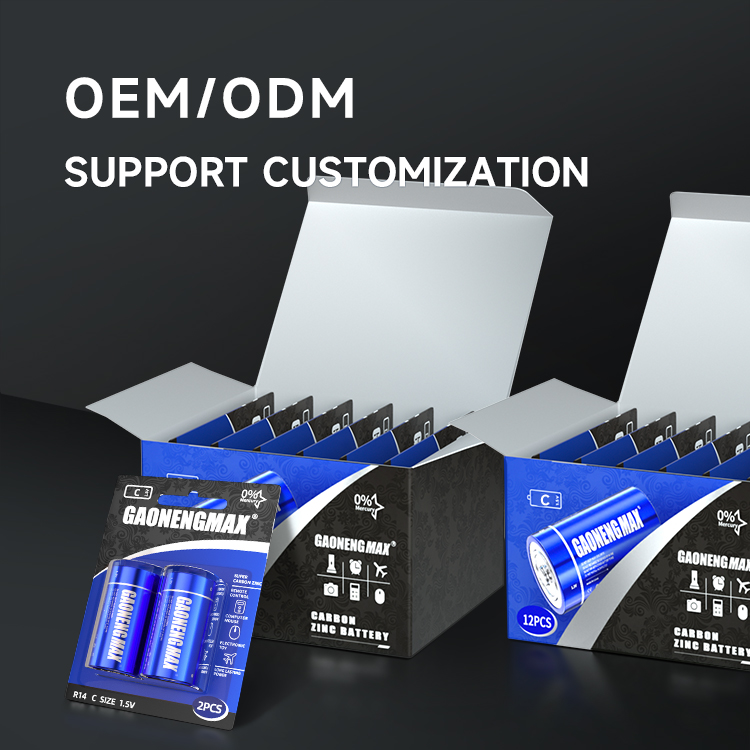
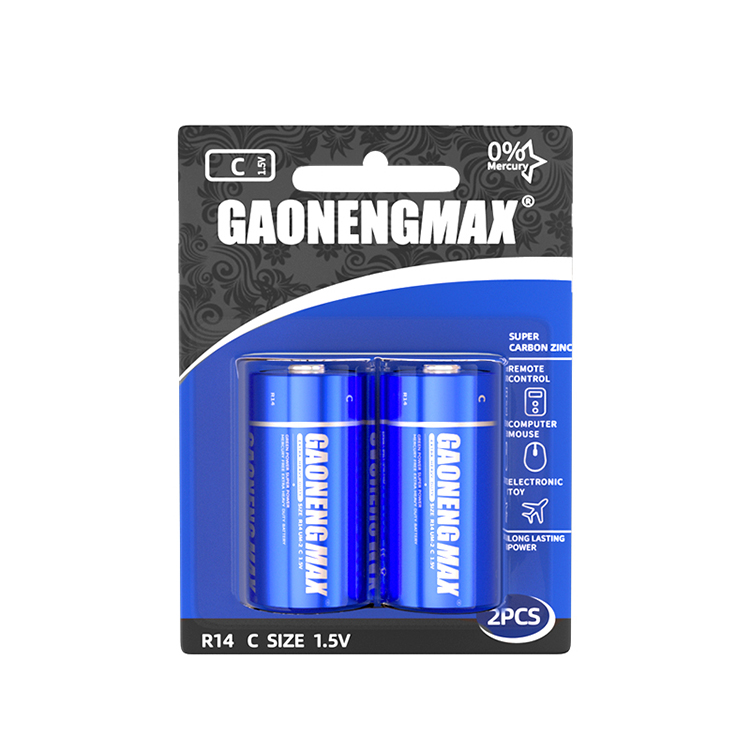
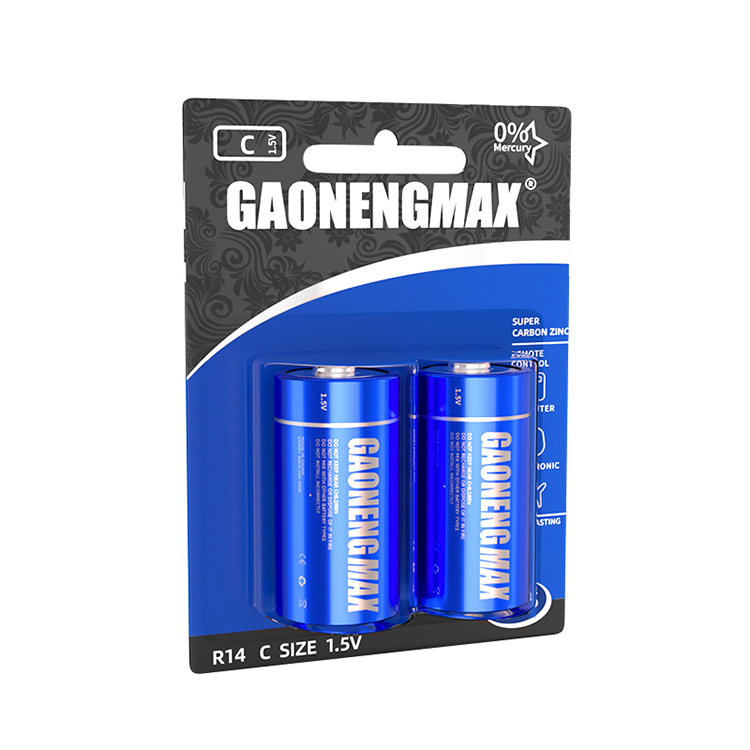
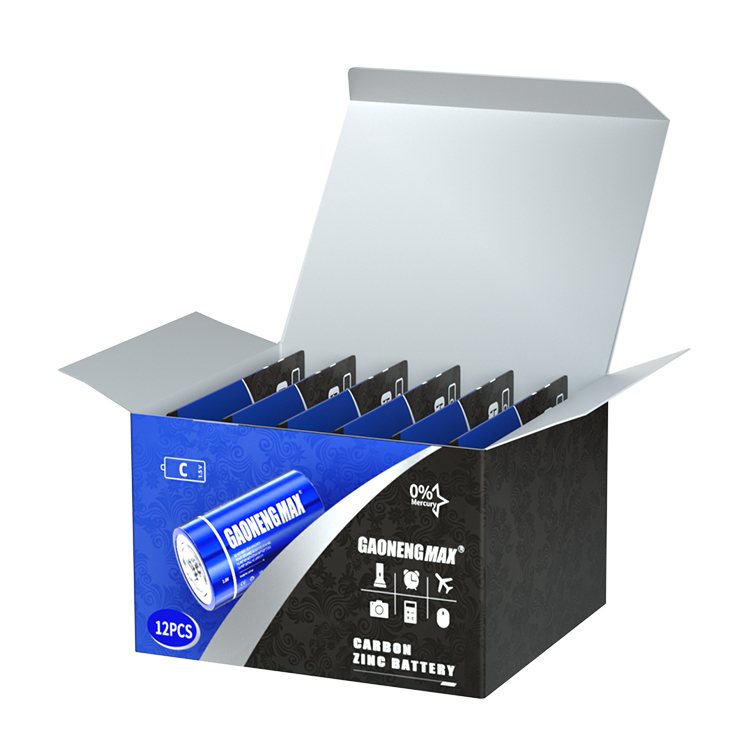
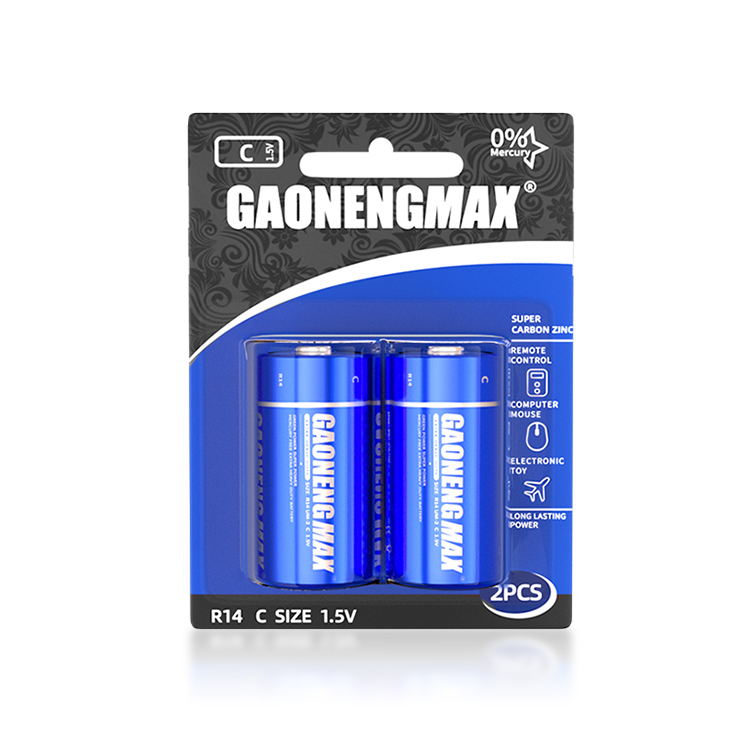



















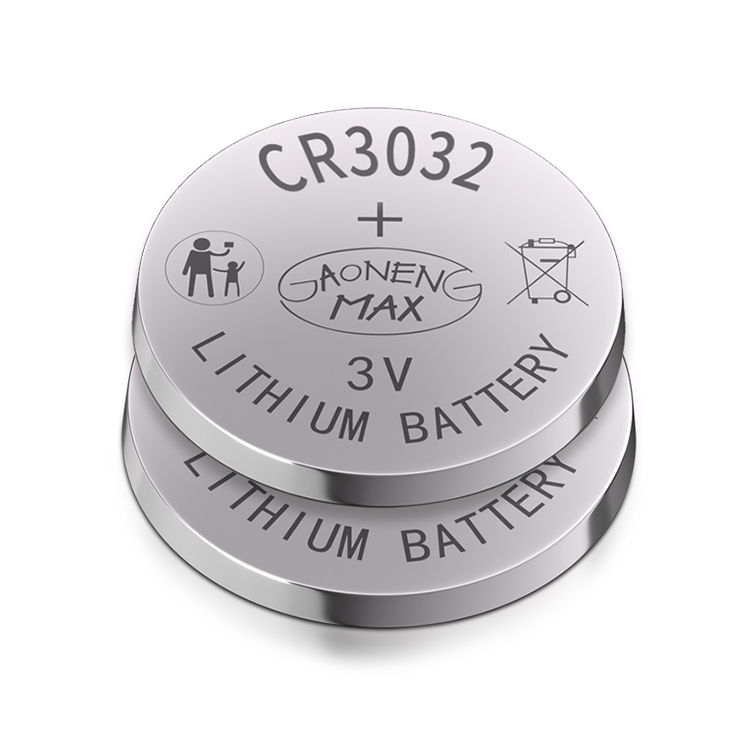
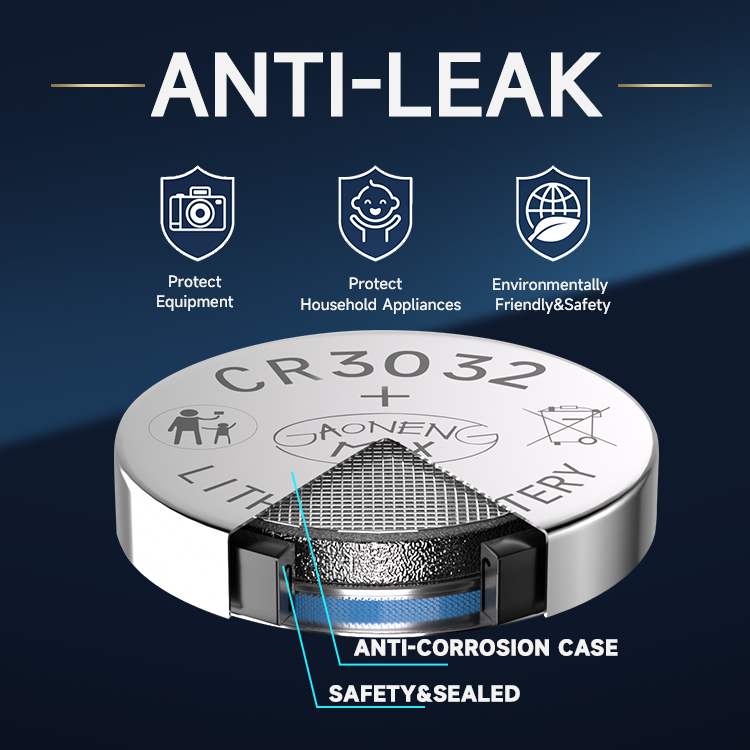
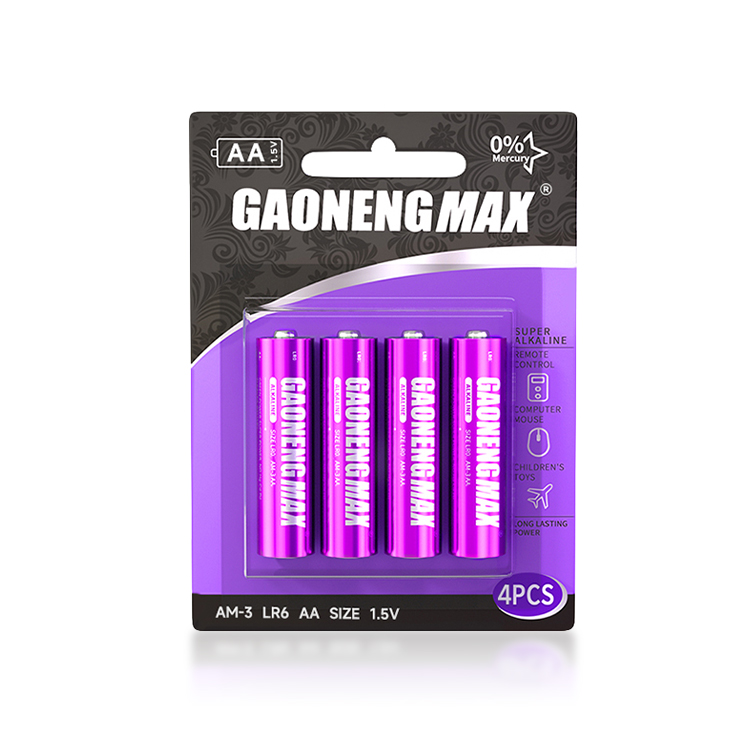
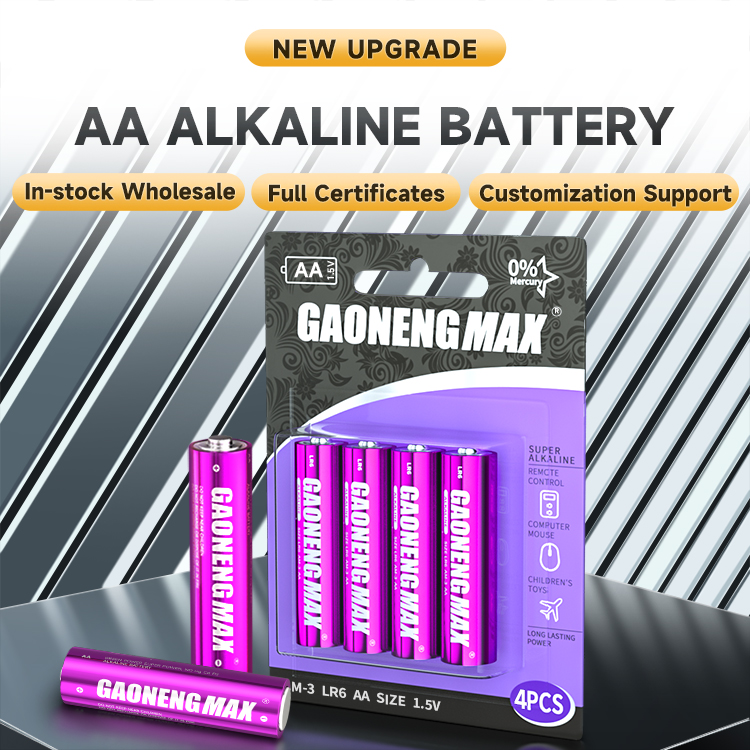





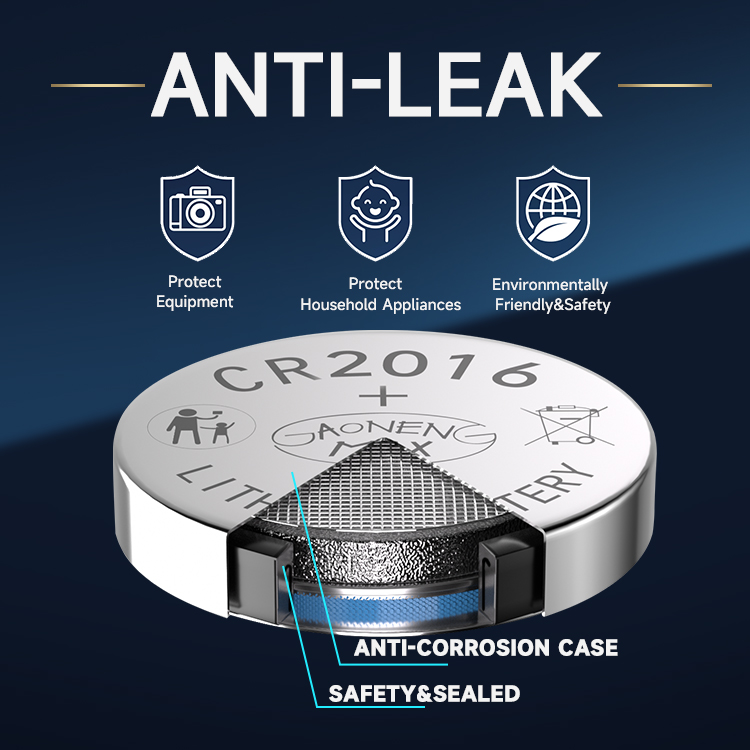










 360° FACTORY VR TOUR
360° FACTORY VR TOUR
 Whatsapp
Whatsapp
 Tel
Tel Email
Email TOP
TOP